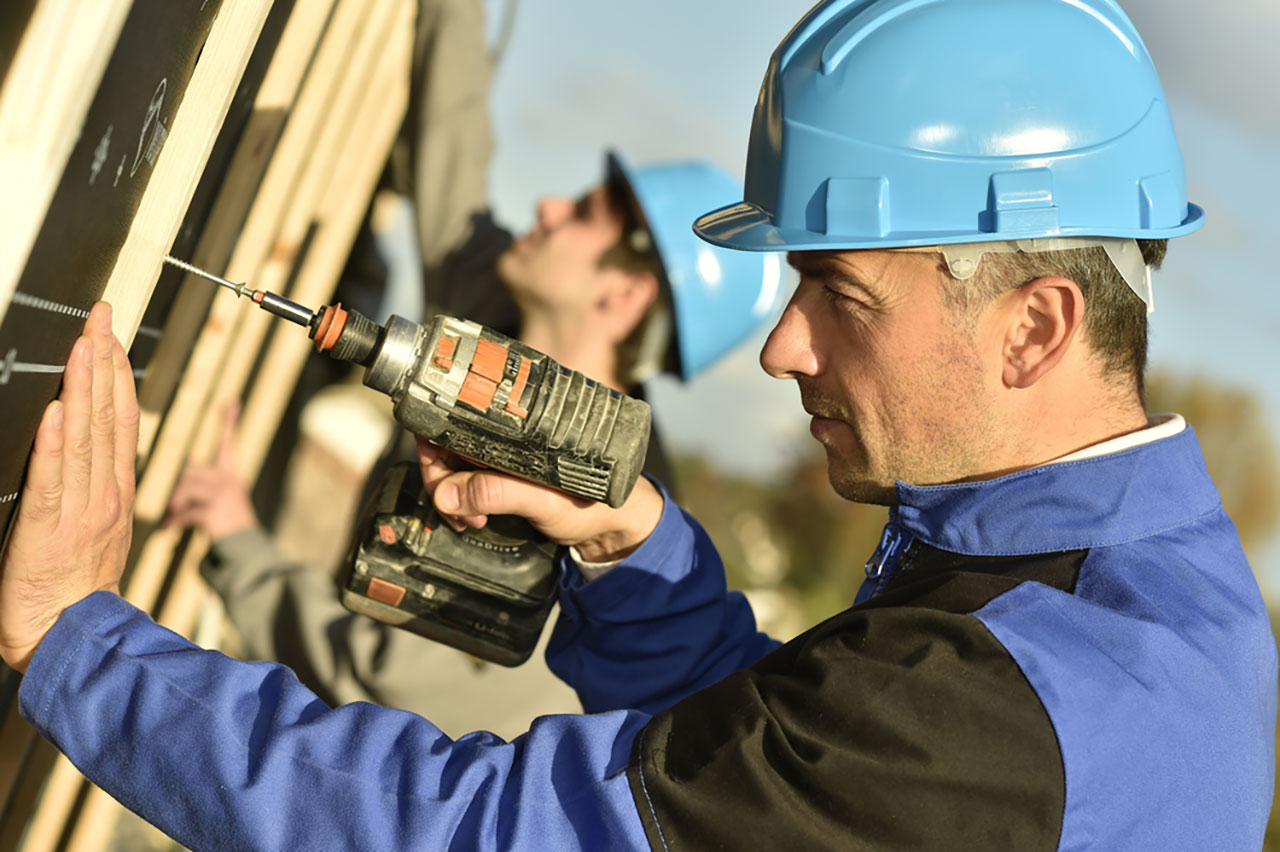
When you work in the construction or manufacturing industry, the equipment you wear on your body is just as important as the equipment you handle every day. Personal protective equipment, or PPE, is referred to as the gear worn by workers to minimize their exposure to illness and injury in the workplace. Employers are responsible for identifying potential hazards, determining what PPE is necessary for employees, and then ensuring all PPE is used properly and kept in good condition.
What PPE is available for employers? We list them here!
Eye and Face Protection
- Safety glasses
- Goggles
- Welding shields
- Face shields
- Laser safety goggles
Injuries to the face and eyes happen because either the employee fails to wear available protection, or the protection does not fit correctly.
Head Protection
- Class A hard hats: impact and penetration resistant with voltage protection for up to 2,200 volts
- Class B hard hats: impact and penetration resistant with voltage protection up to 20,000 volts
- Class C hard hats: impact and penetration resistant with no voltage protection
It is important for employers to choose the hard hat best suited for the type of work done by employees. Hard hats that are too small or too big can reduce the effectiveness of the hat.
Foot and Leg Protection
- Leggings
- Toe Guards
- Metatarsal guards
- Foot and shin guards
- Safety shoes
Keep in mind that there isn't one type of safety shoe; there are specific types for protecting feet from electrical hazards, burns, and more.
Hand and Arm Protection
- Leather gloves
- Aluminized gloves
- Aramid fiber gloves
- Synthetic gloves
- Fabric gloves
- Coated fabric gloves
- Chemical-resistant gloves
Just like safety shoes, the kind of gloves you choose for your employees should provide adequate protection against the equipment and materials handled.
Body Protection
- Fiber clothing
- Treated wool and cotton clothing
- Duck fabric clothing
- Leather clothing
- Rubber, neoprene, and plastic clothing
Again, different materials offer protection from different risks. For example, wool and cotton are fire resistant, while duck fabric protects against cuts and bruising from handling heavy or sharp objects.
Hearing Protection
- Pre-formed earplugs
- Single-use earplugs
- Earmuffs
Most safety training programs require PPE along with other safety measures to be taken. Keep your employees safe and your business productive by finding the right PPE for your line of work.
Where can I find a good log book?
Safety Meeting Outlines offers several log book options for supervisors: the Green Standard Edition with one page for every day of the year, the Pocket Edition that can fit in a shirt or pants pocket, and the Blue Expanded Edition with two pages for every day of the year. You can even order your Daily Log online!
Don't skip out on keeping daily records; it is a worthy investment that will protect you, your business, and your employees. Check out Safety Meeting Outlines for log books and other safety education tools.
Safety Meeting Outlines provides employers in the construction and manufacturing industries with educational tools to keep the workplace safe. Visit our website to learn more about our products or to order online.
Tools Special Accident Training




